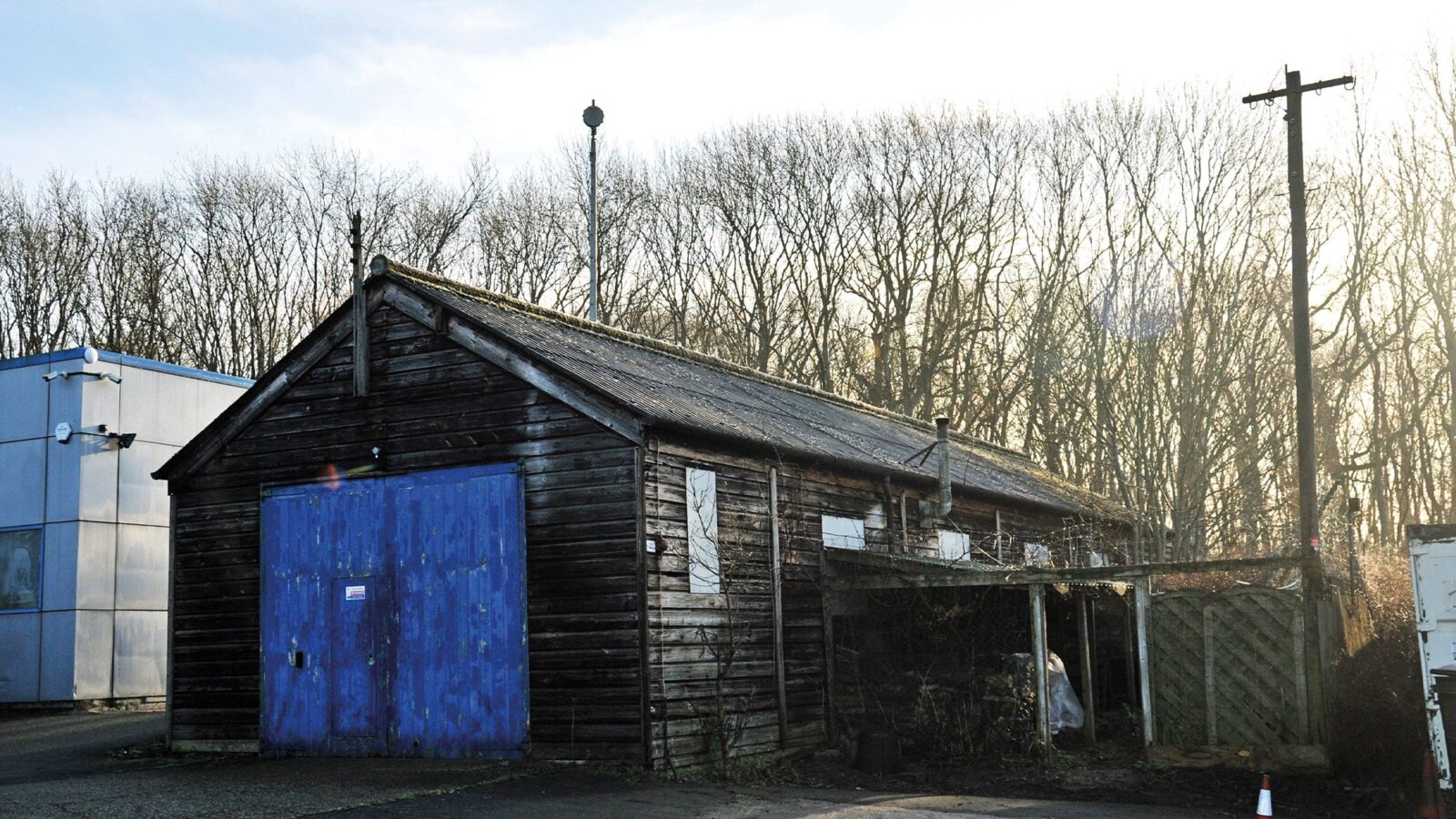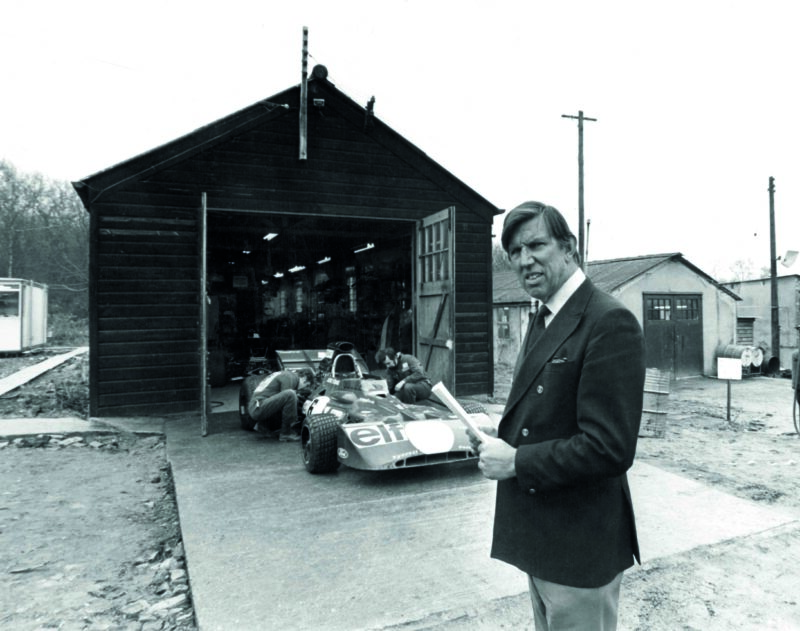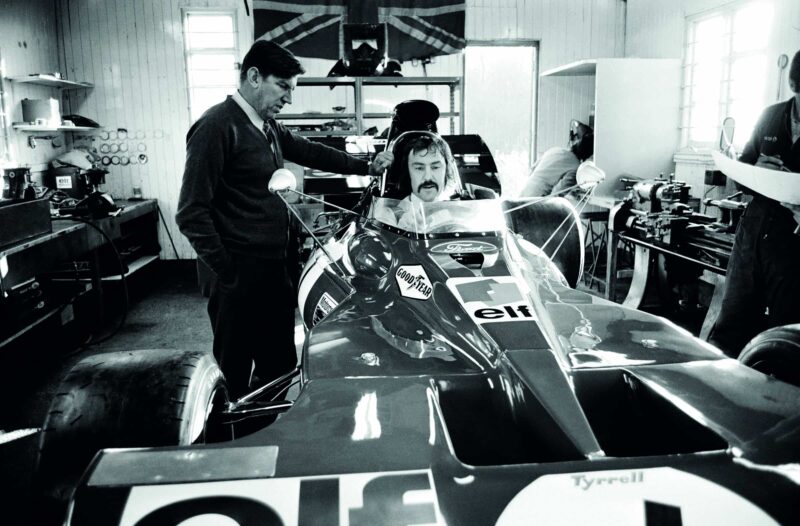End of the road? Saving Tyrrell's F1 shed
The original Tyrrell Shed remains, for now, but time is running out for this primary piece of F1 history

Tyrrell's former HQ is now home to an importer of party supplies
Although Tyrrell eventually expanded into newer, larger premises adjacent to its original shed, the latter remained critical to the team’s race preparations for several years. “I joined the team as a mechanic at the start of the 1986 season,” says Phil Cant. “By that stage we were preparing the cars in the newer main building, but the welding department, the fabricators and the trim shop were still in the shed, so whenever we needed to get anything modified that’s where we’d take it.
“Later on, when things moved on and the new building was extended, the team all came under the same roof and the shed became a base for the truckies, a place to store packing cases for the flyaway races, pit equipment and other bits, so it was always a core part of the way we operated.

002 with the team boss
“Although the team had grown since Jackie Stewart’s day, it was still small. We’d take five cars to Gatwick to fly to a race – and that would be the whole team, apart from the guys in the truck. There was a real family atmosphere. I remember working at the factory one Easter weekend when Ken Tyrrell turned up with a big bag of hot-cross buns for us all to share. On another occasion, probably another bank holiday, he turned up with a big box of ice creams. It was a fantastic environment – I loved being a part of that.
“Quite often, you knew on a Friday that you’d be coming back in to work over the weekend – but
I never looked at that as a negative. It was just another day of working for this great team, enjoying the ambience and having a really good time. Nowadays teams have specialists who focus on one very particular area of the car, but in those days at Tyrrell everybody was pretty good at everything.”
Today, the Tyrrell factory is occupied by Club Green – a supplier of celebration and party products, and the shed remains in place as a storage facility. Its future, however, is uncertain.

Jimmy Greaves pays a visit in 1971
Hulton Archive/Getty Images
“We need to expand,” says Club Green’s operations director Ross Feeney, “and if planning permission is granted then the shed will be in the way. We are acutely aware of its heritage – every week, without fail, several groups will turn up wanting to take photos of the shed, or else just to have a look. So we know there is much interest.
“The shed was originally a military building that was moved here in the 1950s – it can easily be dismantled and rebuilt, so transportation is not a problem, but there is some asbestos in the roof structure and that will have to be removed.
“If our planning application isn’t approved then it will remove the urgency of having to find
a new home. Whatever happens, though, our primary concern is to see it preserved.”
